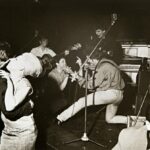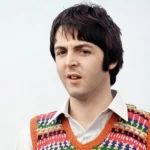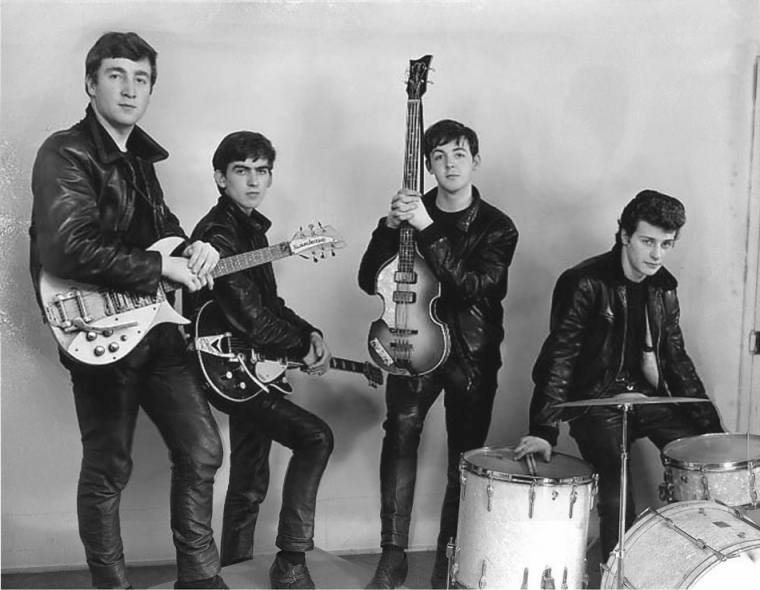
If you’re not a mega Beatles fan, or particularly well-versed in early Beatles history, that handsome chap on the drums there in a line up of teenage Greasers, might not look so familiar.
That’s Pete Best, the original drummer for the iconic band, who was sacked under the direction of Lennon, McCartney and Harrison in 1962 after two years.
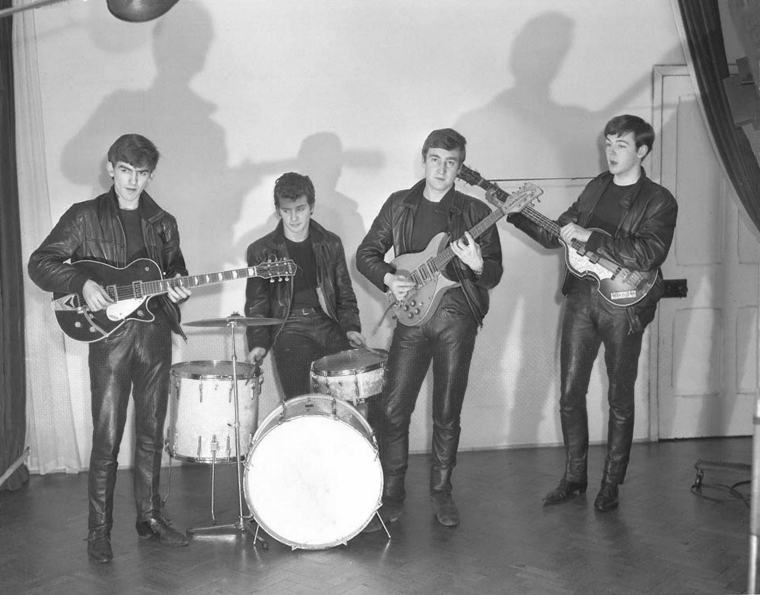
Before the Beatles were The Beatles, Pete Best was living in Liverpool with his mother, who owned The Casbah Coffee Club in the basement of their home. The band played some of their first concerts at the club and with no permanent drummer, Paul McCartney was looking for someone to fill the position and play for some gigs they had lined up in Hamburg. Best had been drumming at the Casbah with his own group, The Black Jacks, and had a small following of female fans who knew him as being “mean, moody, and magnificent”.
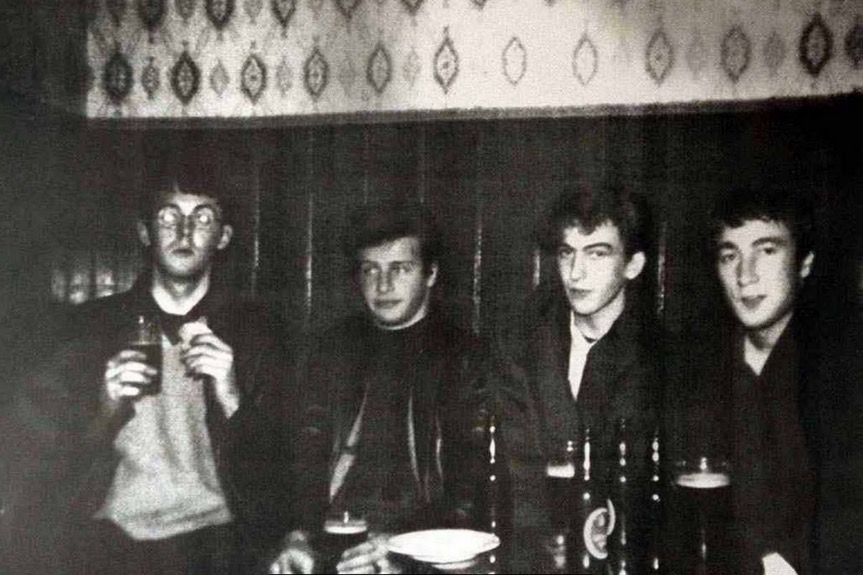
McCartney thought he was good enough for the job and convinced Pete to leave the Black Jacks and accompany the Beatles to Hamburg in 1960 where they would each earn £15 per week for the season in a seedy tourist’s club. Pete was a powerful drummer and was also asked to sing for the group occasionally while McCartney played drums. Despite his obvious popularity with the fans, Pete felt uncomfortable being at the front of the stage.
Off-stage, it’s been well documented by sources close to the band that Best was the outsider of the group, while John Lennon, Paul McCartney, and George Harrison often spent time together socialising, writing music and sharing inside jokes.

Considered to be the band’s best-looking member (and it’s not hard to see why), it’s thought that Best’s popularity with the female fans was a source of friction and jealousy amongst the band members. While the other boys walked on stage to a tame applause, girls screamed when Best walked on. After the show, fans surrounded him at the stage door while the other were often quickly ignored after signing a few autographs.
Take note of the death stares being exchanged below…
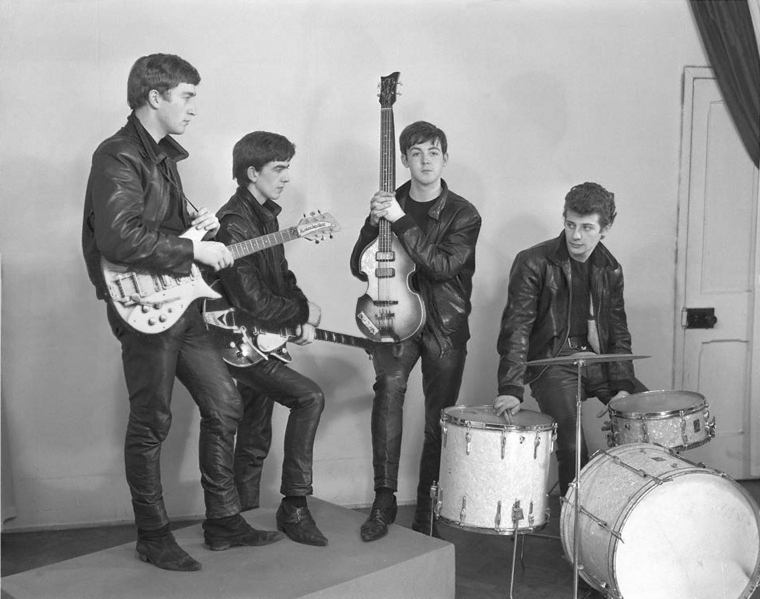
It’s ironic that the only member who could actually pull off this look was the Beatle that got fired…
Lennon later called the accusations of jealousy a “myth”, saying, “We were always going to dump him when we found a decent drummer”. These photographs by Albert Marrion, taken for a shoot in Liverpool in 1961, shows the group adopting the 1950s Greaser look. During their trip to Hamburg, they had found their stage suits impractical while playing all night for hours on stage, so they began wearing leather jackets, jeans and cowboy boots. Beatles manager Brian Epstein reportedly became frustrated with Best because he refused to adopt the band’s signature mop-top haircut in favour of his quiffed style or dress to match the sartorial style of the group.
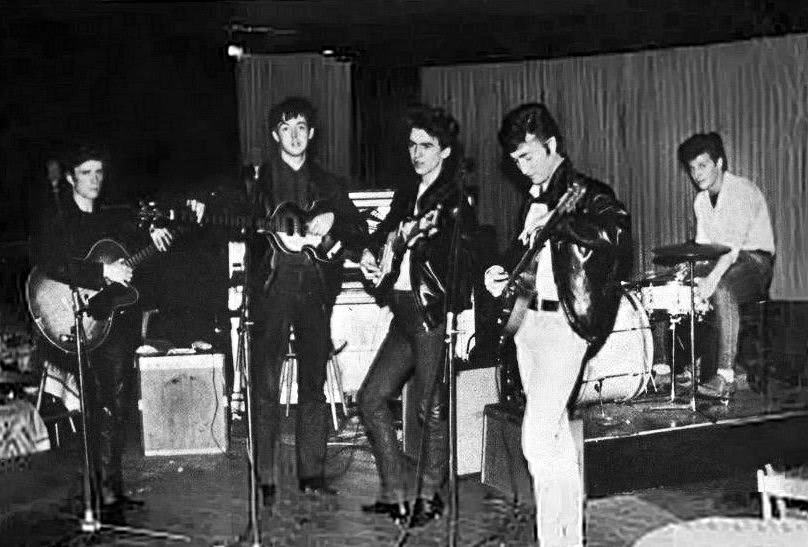
Pictured far right rehearsing with The Beatles, Pete preferred to play in lighter shirts on stage rather than leather jackets. (Also pictured above is Stuart Sutcliffe, the original bassist who left the band in 1961 to become an artist but died suddenly a year later of an aneurysm).
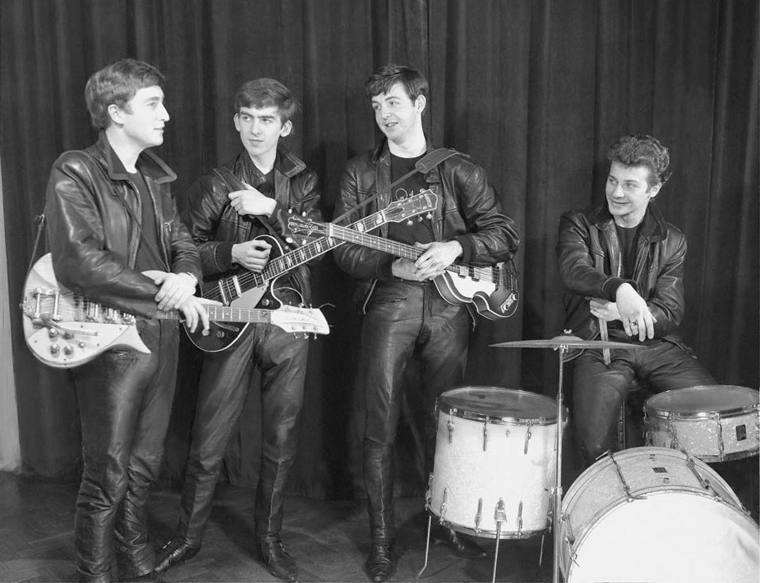
These photographs were used for the Beatles first autograph cards and also as a cover sleeve for a bootleg album called The Decca Tapes, recorded as an audition for Decca Records in 1962.
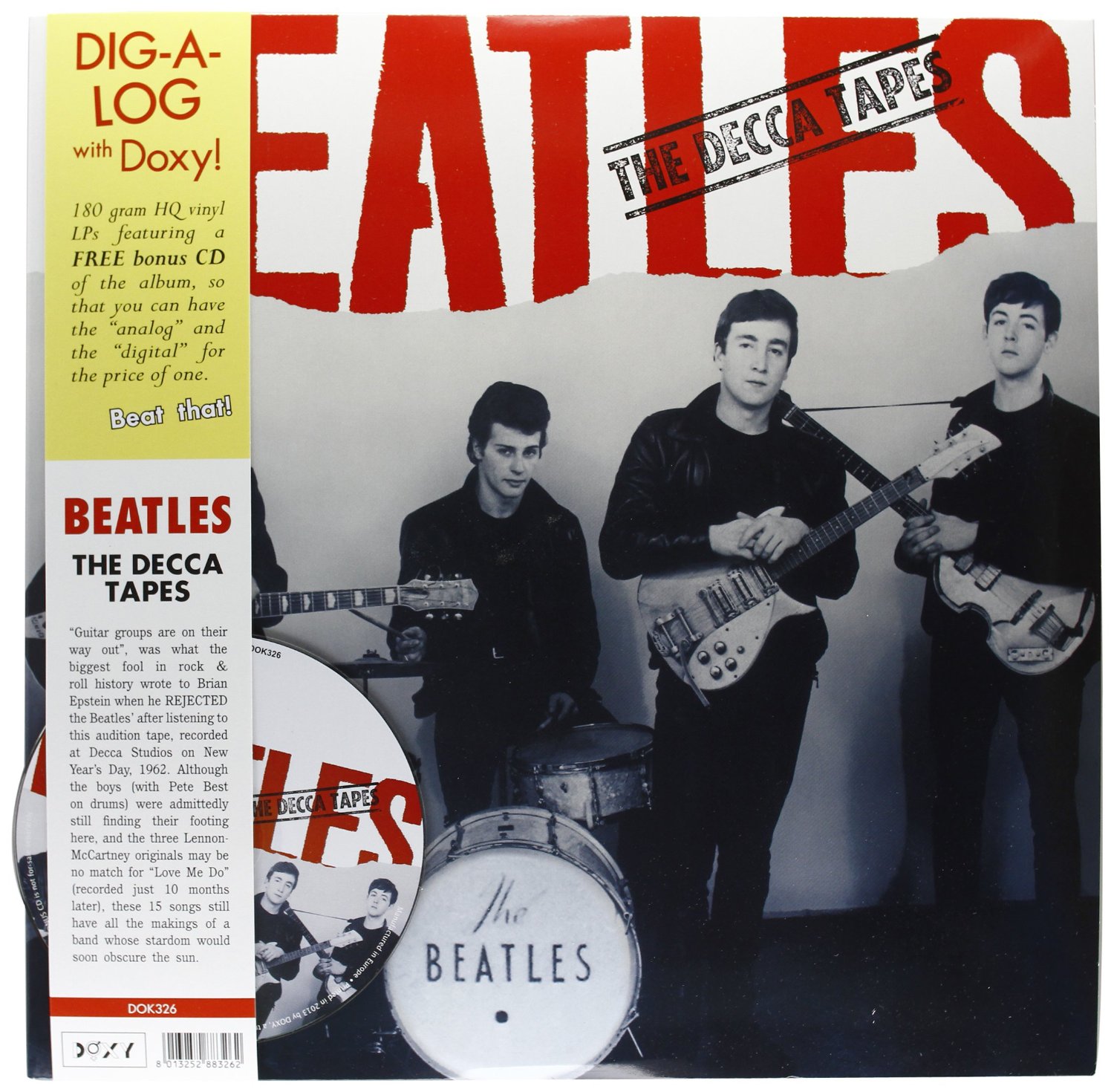
The record company turned them down. Five months later, The Beatles had another audition at EMI studios (Abbey Road Studios today), for producer George Martin. Impressed by the recording, Martin wanted to sign the group on one condition: that an experienced session drummer be used in Best’s place, as was “common practice at the time for recording”.
In The Beatles Anthology DVD, Martin remembers the decision with regret:
“I decided that the drums, which are really the backbone of a good rock group, didn’t give the boys enough support. They needed a good solid beat, and I said to Brian, ‘Look, it doesn’t matter what you do with the boys, but on record, nobody need know. I’m gonna use a hot drummer.’ Brian [Epstein] said, ‘Okay, fine.’ I felt guilty because I felt maybe I was the catalyst that had changed his [Best’s] life”.
The other Beatles members have given different versions of events, claiming Martin asked them to get rid of the drummer and that they agonised over the decision of betraying their bandmate. Manager Brian Epstein has also said he agonised over the decision, but it was Lennon, McCartney and Harrison who considered the situation an opportunity to permanently sack Best from the group, and even asked the boys to leave the group as it was at a time when they were already developing as personalities.
In the end, Epstein summoned Best to his office on 16 August 1962, and fired the original Beatles drummer who had been with the group for two years and four days. Ringo Starr replaced him shortly after.
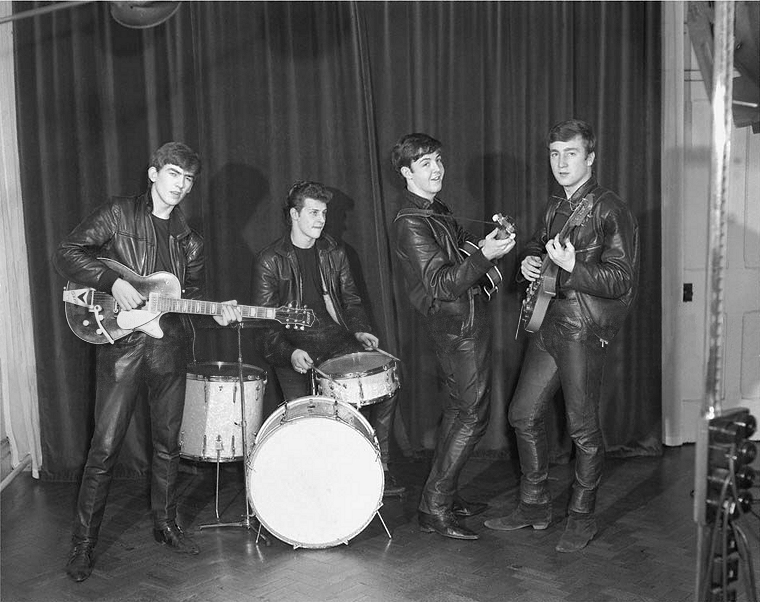
“I never suggested that Pete Best must go,” record producer and engineer George Martin later explained. “All I said was that for the purposes of the Beatles’ first record I would rather use a session man. I never thought that Brian Epstein would let him go. He seemed to be the most saleable commodity as far as looks went … The drums were important to me for a record, but they didn’t matter much otherwise. Fans don’t pay particular attention to the quality of the drumming”
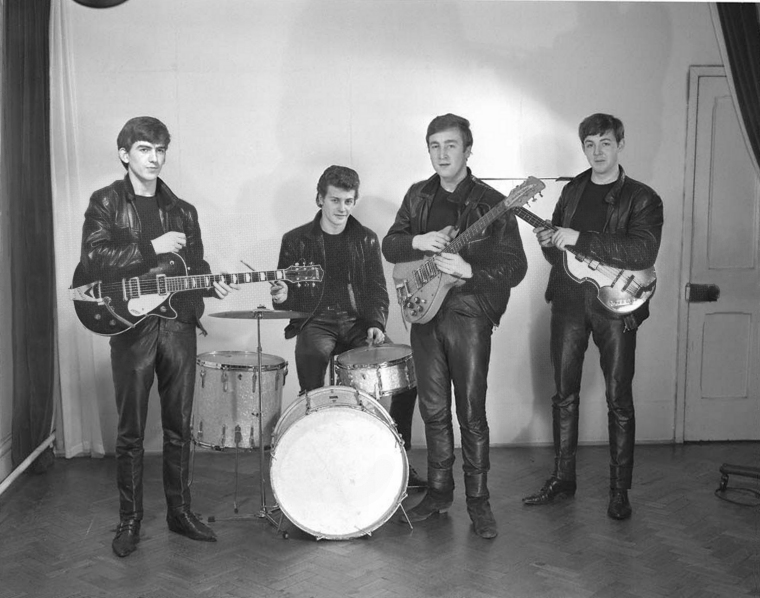
At the height of “Beatlemania”, Pete Best attempted to commit suicide, but was talked out of it by his mother. After a number of failed attempts trying to start a new band, Best left the music industry and did shift work loading bread into the back of delivery vans, earning £8 a week. The most educated member of the original Beatles, (he had the chance to go to a teacher-training college before McCartney had convinced him to go with them to Hamburg), Pete later became a civil servant for 20 years before returning to music with The Pete Best band at a Beatles convention in 1988. He now regularly tours the world as a drummer and released an album for the band in 2008. In 2011, the Liverpool announced they were naming two city streets after him.
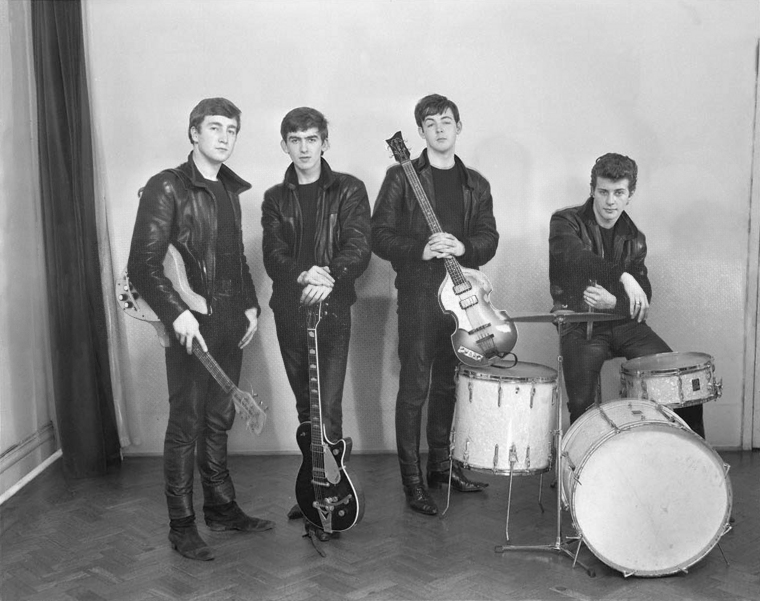
In the authorised Beatles biography published in 1968, British journalist Hunter Davis wrote: “The sacking of Pete Best is one of the few murky incidents in the Beatles’ history. There was something sneaky about the way it was done.”


